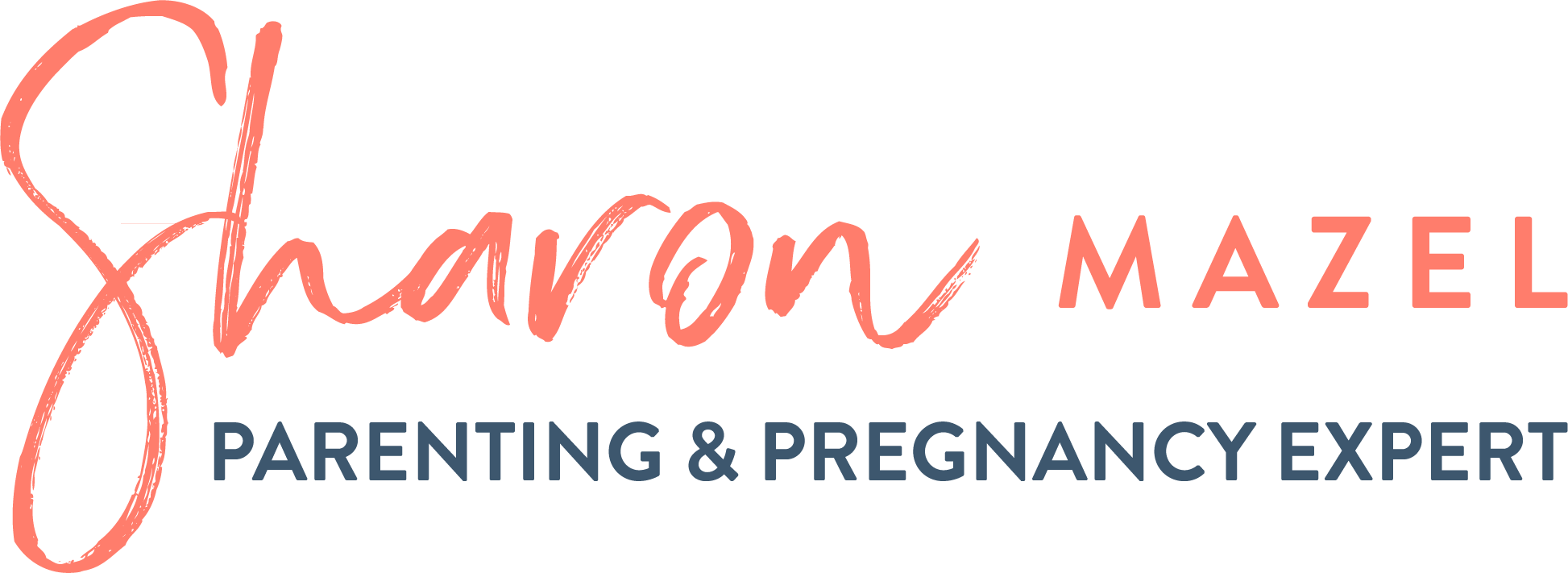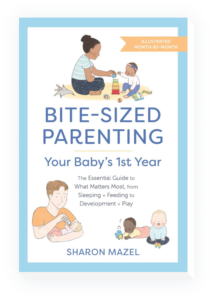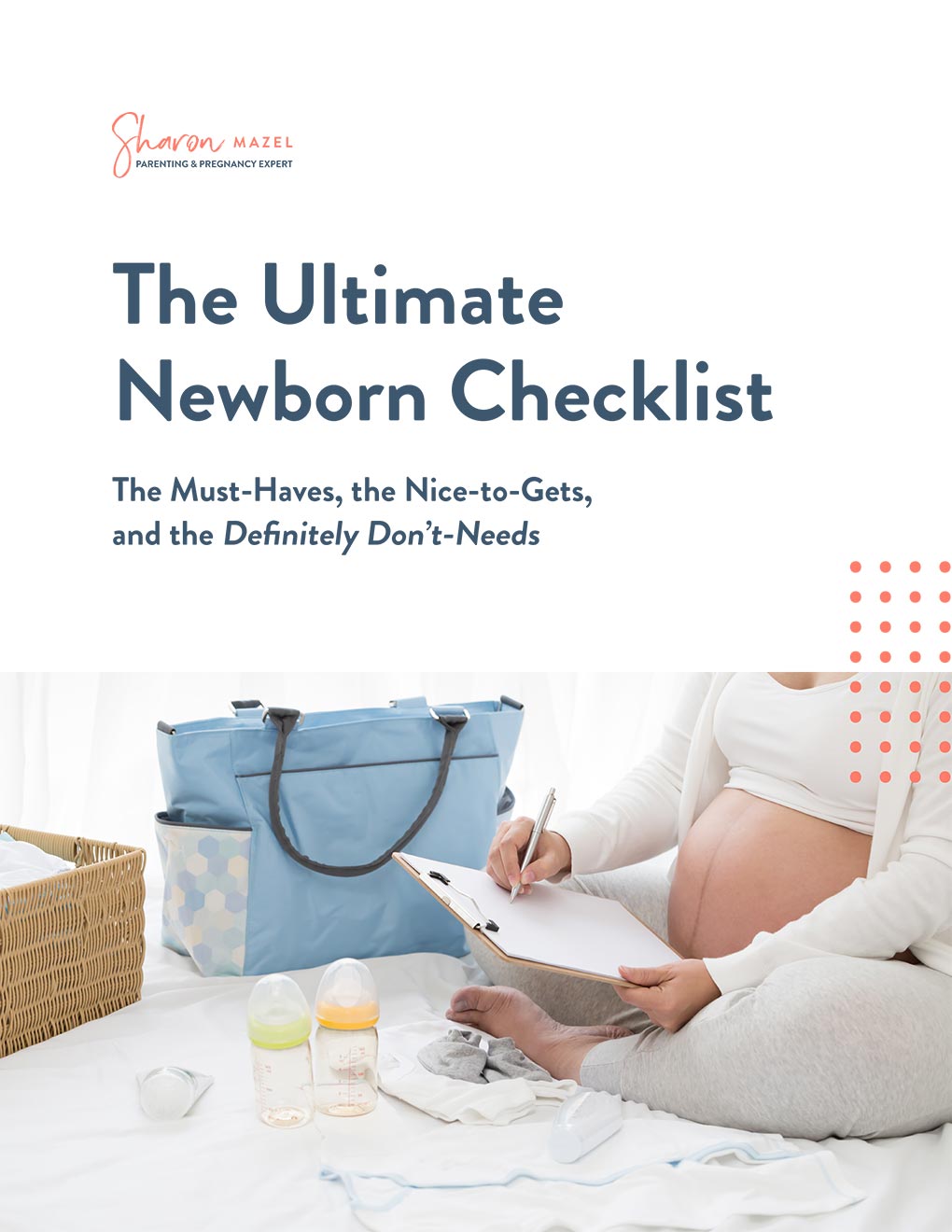Your best friend does it. Everyone on social media seems to be doing it. And perhaps you’re wondering if you need to do it as well. The “it” is swaddling your baby, and swaddling seems to be having its moment these days. There are lots of good reasons to swaddle your baby, but it’s also really important to know that swaddling is not a must-do (and in some cases can be unsafe).
You read that correctly. You don’t have to swaddle your baby. Plenty of babies hate being swaddled… and many babies sleep well and stay calm even without being tightly blanketed like a burrito. Read on for everything you need to know about swaddling your little one, when to stop swaddling, and why you don’t have to swaddle your infant if you don’t want to.
Reasons to swaddle your baby
Here are a few reasons why you might consider swaddling your newborn:
Temperature control. A brand-new baby needs some time before her internal temperature control kick in. A swaddle (or an extra layer) can help keep your little bundle warm until her internal thermostat regulates—something that’ll happen within a few weeks after birth.
Coziness. Your newborn, fresh out of the cozy confines of the womb, may appreciate the safe and secure feeling of being tightly wrapped.
Reduces startling. Newborn babies come equipped with the startle or moro reflex (you can learn about all the newborn reflexes and why they exist in my Newborns 101 course), and a swaddle helps reduce their startling.
Calms down baby. Wrapping a baby can be particularly helpful if your baby has difficulty calming down or is colicky.
Better sleep. Swaddling may help a baby sleep better and more soundly—both because baby feels more comfy in a swaddle when on the back, and because baby is less likely to startle awake when tightly cocooned in a swaddle.
Reasons not to swaddle your baby
I mentioned above that swaddling is not a must do. Swaddling doesn’t always calm a baby, and many little ones really hate being wrapped tightly. But there are also other reasons not to swaddle your baby if you don’t want to (in other words, no need to feel pressured into swaddling your little one just because everyone else seems to be using swaddles).
Limits freedom of movement. Swaddling limits a baby’s freedom of movement, an important component of motor and cognitive development. Babies who are swaddled all the time can’t explore how their bodies work, and that’s not a good thing (after all, even babies in the womb have freedom of movement). You can prevent this downside of swaddling by
- Only swaddling at night and not during the day, even for naps
- Keeping baby’s arms out when swaddling
- Or keeping baby’s legs free when swaddling
Overheating. Being swaddled can lead to overheating, especially if baby is too bundled up. Treat the swaddle layer as the one extra layer that a newborn needs and be sure not to over-bundle your little one. Overheating can lead to SIDS (sudden infant death).
Hip problems. Tight swaddling increases the risk of hip problems in babies. Babies’ legs need to be able to bend up and out at the hips. No worries if you’re only swaddling for short periods of time, but if your baby is spending a significant part of the day and night tightly wrapped in a swaddle, it could be an issue. Making sure your baby’s legs are bent up and out in the swaddle, or using a sleep sack swaddle that lets the legs move, can help reduce the risk of any hip problems.
Risky after baby rolls over. Continuing to use a swaddle after a baby is able to roll over is risky (read on for reasons why).
When to start swaddling your baby
You can start swaddling your baby as soon as she is born!
When to stop swaddling your baby
It’s crucial that you stop swaddling your baby as soon as your baby starts working on rolling over. That could be as early as 8 weeks old (or even earlier) in many babies.
What will that look like? A baby working on rolling may raise her legs in the air, bring both arms to the side, push off a surface with her legs, rock back and forth to the side, or arch her back. Any of these signs could signal your cutie is working on rolling. Even if your baby hasn’t perfected the roll yet, it could happen any day, and it’s important that she’s no longer swaddled when she reaches this developmental stage.
Why can’t I continue to swaddle my baby for longer?
Too many parents continue to swaddle their babies for far too long. This increases the risk of a sleep-related death—since a swaddled baby who rolls over onto her tummy will have a hard time lifting her head and body to get air. Not to mention that if her arms are tucked into the swaddle, she won’t be able to reposition herself if she’s not getting enough oxygen.
If you remember only one thing from this article, it should be this: You should STOP SWADDLING your baby by age two to three months old. You can transition to a sleep sack or a wearable blanket (more about that below), but please, remove the swaddle at the end of the newborn stage.
Won’t my baby have a harder time sleeping if I remove the swaddle?
I know that if your baby sleeps soundly because of the swaddle you’ll be hesitant to stop swaddling. But it is precisely because babies often sleep more soundly in the swaddle and are less likely to wake up that you’ll want to remove the swaddle. With a dampened arousal mechanism due to the tight swaddle, your baby is less protected from suffocation if she flips over and has trouble breathing.
And yes, it’s true that there will be a transition time when you remove the swaddle, especially if your baby has a harder time sleeping without it. But consistency and patience on your part will help make the adjustment only temporary, and you can expect this difficult phase to be short-lived. If you need more help getting through this phase, I can help in a coaching session.
Options for swaddling your baby
Traditional swaddling wraps/blankets. These are large, lightweight blankets that you wrap and tuck under or over the arms and around baby’s body to create a secure swaddle. These require some technique, but you’ll get the hang of the old-fashioned, hospital-wrap method of bundling baby in no time. Make sure the swaddle can’t be undone, as you want to ensure that it won’t loosen enough to cover baby’s nose or mouth during sleep.
Velcroed, snapped, or zippered swaddles. Not interested in fussing with a traditional swaddle blanket? Swaddles and pouches with Velcro tabs, zippers, or snaps are easy to use… and a lot less complicated to figure out how to wrap up baby. The ones with “wings” offer versatility, letting you keep baby’s arms loose or secured. Other pouches allow baby’s arms to stay in the up position (by the ears) while still being covered. There are also swaddle pouches with adjustable bottoms in case your newborn is especially long.
Sleep sacks. Sleep sacks are wearable blankets shaped like a trapezoid—there’s a roomy compartment for the legs and a sleeveless vest on the top. Sleep sacks keep your baby warm without the accompanying risk that an actual blanket would bring. (Remember the sleep safety rules!) Sleep sacks don’t restrict arm movement or limit a baby’s freedom of movement as a swaddle does. They are loose around the chest (make sure not too loose that the fabric rides up over baby’s mouth!) and are safe to use after your baby starts to show signs of rolling. (As a general rule, avoid weighted sleep sacks, as experts question their safety).
One-piece sleepers. Want to give your baby the most freedom of movement? Try one-piece sleepers (aka warm onesie pajamas). Look for a footed, zippered sleeper made from warm fabric that acts as a safe wearable blanket and that lets your baby move, crawl, sit, and pull up in the crib to her heart’s content!
Not sure which swaddles to get? Here are some options.
Looking for more information about swaddling your baby? My book Bite-Sized Parenting: Your Baby’s First Year covers it all! Grab your copy today!


